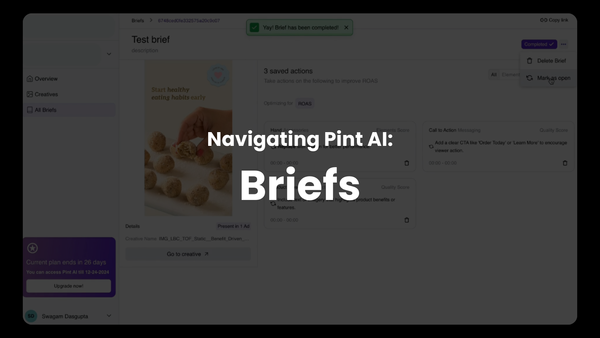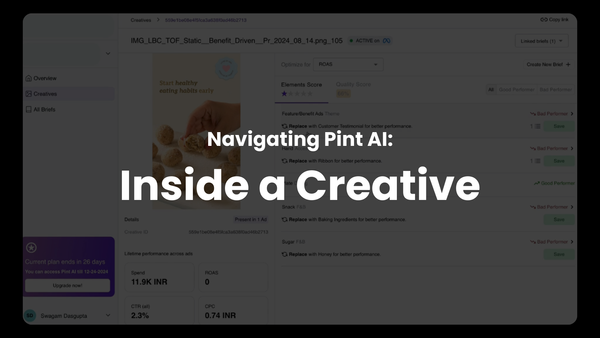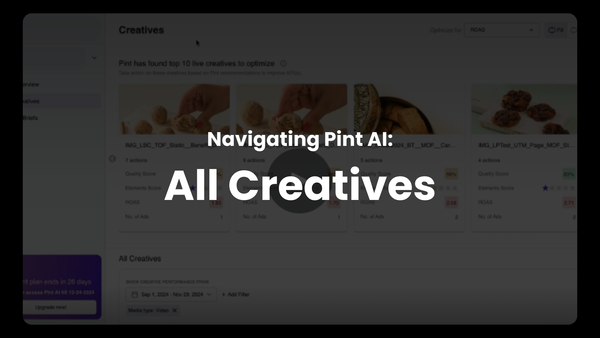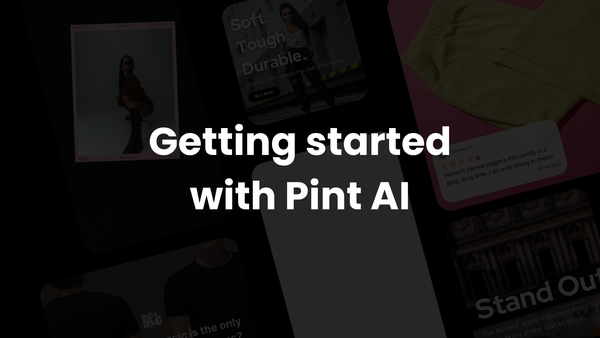Why I’m Betting on Creative Analytics to be the Next Big Thing in AdTech
With algorithms taking over audience targeting, and privacy features and regulations becoming more mainstream, creative personalization is the lever of growth that media buyers should focus on. Here's why

To be fair, creative analytics isn’t a new concept. It was the go-to method for understanding what makes an ad work before digital ads took over. This brings me to my first point:
Audience Targeting Is No Longer in the Hands of the Brand
For years, performance marketing has revolved around audience targeting — understanding interests, intents, and demographics. But is it still the holy grail? Privacy-focused features like Apple’s SKAD network and Google’s removal of third-party cookies have made it harder for marketers to track an individual’s journey through the funnel.
This doesn’t mean audience targeting is dead. Far from it. Audience data and matchmaking through real-time, highly accurate algorithms are now controlled by ad networks like Meta, Google, and Unity. We’re increasingly relying on these algorithms, setting broad audience targets, and letting the networks do their thing. While this simplifies our lives, it comes at a cost — the power to experiment with audience data has shifted from brands to ad networks.
So, What’s a Performance Marketer Left to Work With?
Creative Personalization is Growing Rapidly
Both my co-founder, Sourya Reddy, and I have pondered this. Meanwhile, Meta and Google have already pushed the answer our way — Creative Personalization. Look at Meta’s Advantage Plus or Google’s Performance Max campaigns. They’re different because they allow for real-time creative changes based on the audience. The targeting for these campaigns is minimal, underscoring the shift towards creative differentiation as the next big lever for brands.
Creative Personalization Needs Analytics
Even as audience targeting capabilities decline, the essence of a successful campaign lies in understanding what works and why. Analytics have always been crucial for this, whether using native tools like Meta’s marketing suite or omnichannel ones like Audiense.
The same applies to creative personalization. Ad networks can push various creative iterations to niche audiences, but it’s up to media buyers to discern what works. Tools like Motion, Vidmob, Replai, and our own Pint AI are designed to help with this. At Pint AI, we’re building a creative analytics platform that not only tells you which creatives work but also why, by tracking the performance of individual elements like logos, CTAs, faces, emotions, hooks, objects, and more. Interested? Check us out at Pint AI or shoot me a message — let’s chat.
Creative Analytics Is a Framework of Simplicity
Media buyers are already experts at navigating a complex landscape of ad types, placements, KPIs, audiences, and campaigns. Creative analytics simplifies this by focusing on the creative itself. It answers fundamental questions: Which creatives perform best or worst? And why?
Understanding why a creative performs well can help replicate success. Conversely, identifying underperforming elements allows for cost-effective improvements. Maybe it’s as simple as moving your logo to the first three seconds of the ad or changing your CTA from “Buy Now” to “Shop Now” for bottom-funnel ads. Or perhaps targeting creators or influencers aged 20–24 yields better results.
That’s the power of creative analytics in a world focused on creative personalization. I’m betting on this — are you?





